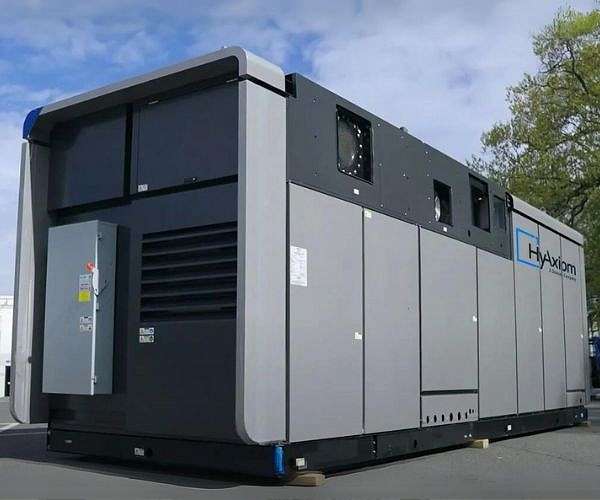NASA is encouraging the commercial development of news fuel cell technologies
NASA’s involvement in fuel cell technology began in the 1960s, a time when fossil fuels dominated energy production. Fuel cells create electricity and heat by combining hydrogen and oxygen through an electrolyte, producing only water as a byproduct, making them an environmentally friendly energy source.
NASA’s interest in fuel cells stemmed from the need to power lunar missions. Engineers at NASA’s Johnson Space Center in Houston turned to fuel cells because they offered more energy per pound than batteries during long missions. At the time, fuel cells were a theoretical concept that had not yet been put into practice.
NASA funded three companies, including a division of Pratt and Whitney, to develop prototypes. For the Apollo missions, NASA chose the Pratt and Whitney team, which evolved into UTC Power, to supply all of the space shuttle’s fuel cells. With funding and guidance from NASA, UTC Power eventually transitioned to offering commercial fuel cells. Today the company operates as HyAxiom Inc., based in the same South Windsor, Connecticut factory where the original NASA fuel cells were produced.
HyAxiom introduced its first commercial fuel cell in the mid-1990s and expanded its product line about a decade later.
“The models they built for these products we use today incorporated much of the electrochemical knowledge from the space program,” said Sridhar Kanuri, HyAxiom’s chief technology officer.
Currently, HyAxiom produces approximately 120 units annually and expects increased production as government investment in fuel cells increases. The US government wants to use fuel cells for energy storage from renewable sources.
John Scott, NASA’s chief energy and energy storage technologist, noted, “All of these companies trace their intellectual property heritage, their corporate heritage, and even the generations of workforce back to the companies NASA funded in the early 1960s.”


